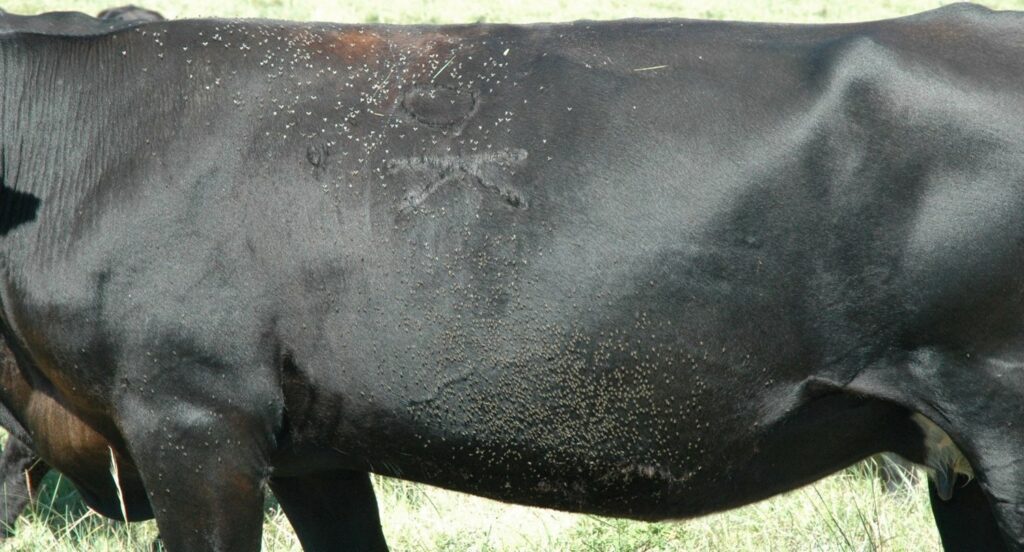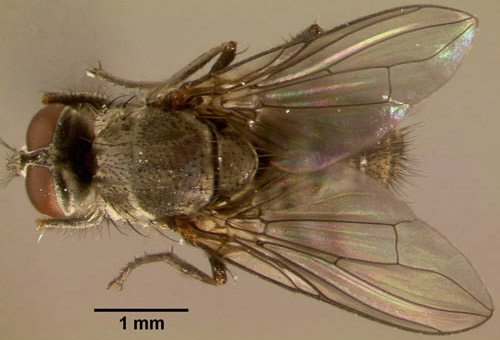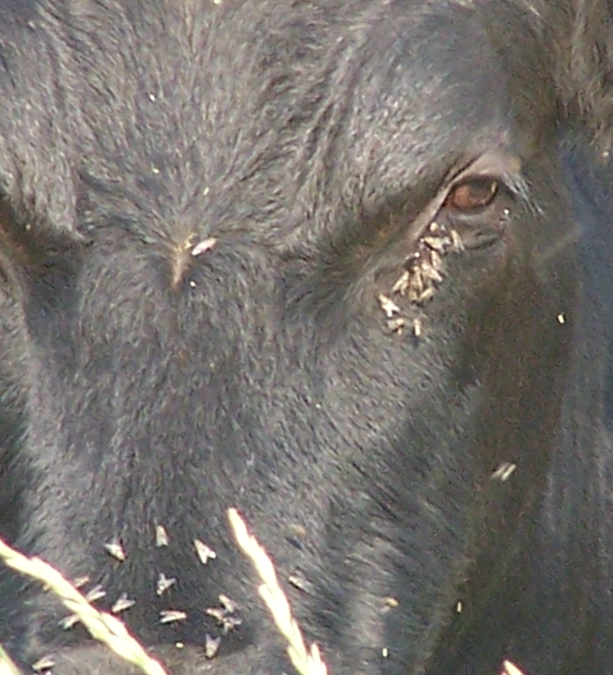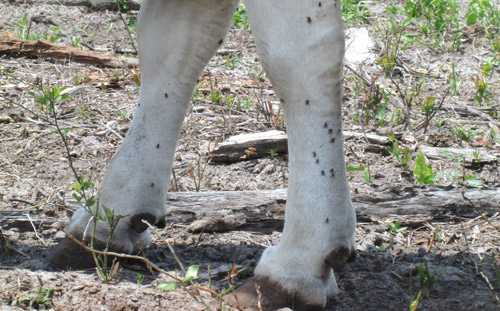What’s the Buzz on Cattle Flies?
go.ncsu.edu/readext?787753
en Español / em Português
El inglés es el idioma de control de esta página. En la medida en que haya algún conflicto entre la traducción al inglés y la traducción, el inglés prevalece.
Al hacer clic en el enlace de traducción se activa un servicio de traducción gratuito para convertir la página al español. Al igual que con cualquier traducción por Internet, la conversión no es sensible al contexto y puede que no traduzca el texto en su significado original. NC State Extension no garantiza la exactitud del texto traducido. Por favor, tenga en cuenta que algunas aplicaciones y/o servicios pueden no funcionar como se espera cuando se traducen.
Português
Inglês é o idioma de controle desta página. Na medida que haja algum conflito entre o texto original em Inglês e a tradução, o Inglês prevalece.
Ao clicar no link de tradução, um serviço gratuito de tradução será ativado para converter a página para o Português. Como em qualquer tradução pela internet, a conversão não é sensivel ao contexto e pode não ocorrer a tradução para o significado orginal. O serviço de Extensão da Carolina do Norte (NC State Extension) não garante a exatidão do texto traduzido. Por favor, observe que algumas funções ou serviços podem não funcionar como esperado após a tradução.
English
English is the controlling language of this page. To the extent there is any conflict between the English text and the translation, English controls.
Clicking on the translation link activates a free translation service to convert the page to Spanish. As with any Internet translation, the conversion is not context-sensitive and may not translate the text to its original meaning. NC State Extension does not guarantee the accuracy of the translated text. Please note that some applications and/or services may not function as expected when translated.
Collapse ▲At some point, anyone with cattle has stood in the pasture and swatted at flies. All of us have seen cattle twitching their ears, or flipping their switch to keep the flies away. Not only are flies an animal health and welfare issue, but they can also impact your economic bottom line. It has been reported that calves grown without any method of fly control can have weaning weights of up to 15 pounds less than calves that have been protected from flies, costing the industry an estimated 1 billon dollars annually in lost production. This is especially a problem during summer calving, making fly control an essential management tool for any summer calving herd.
There are three major types of flies to control on pastured cattle: horn flies, face flies, and stable flies.
Horn Flies
Horn flies are typically very small, less than 1/4″, and are seen on the poll, back, sides, and sometimes stomach of animals. Horn flies feed on animal blood by using their needle-like mouth parts to consume up to 30 blood meals from animals daily. Their eggs are deposited in manure pats and hatch there. Horn flies will travel several miles searching for animals if necessary. Their life cycle can take 10-20 days.
Face Flies
The name “face flies” is rather self-explanatory. These flies a do not bite, but feed on secretions, such as fluid from the eyes, mucus, manure liquids, or blood from already open wounds. Female face flies are most prominently seen on the faces of cattle. These flies are not only annoying to the animals, but the irritation they cause to sensitive areas, particularly the eyes, can lead to increased susceptibly to the infections causing pinkeye (bovine keratoconjunctivitis).
Stable Flies
Stable flies are biting flies that feed on the legs of cattle in nearly in management situation. Cattle often react to stable fly bites by stomping their feet, or moving into water to avoid the bites completely. Stable flies seek spoiled organic matter, such as feedstuff from the previous winter, to deposit eggs. Stable flies are considered to begin having an economic impact when populations reach 5 flies per leg. Similar to horn flies, stable flies can lead to up to 0.44 pounds decrease of average daily gain
Visit https://stokes.ces.ncsu.edu/2021/04/whats-the-buzz-on-cattle-flies-part-2-control/?src=rss for more on how to control these flies.








